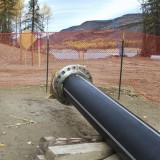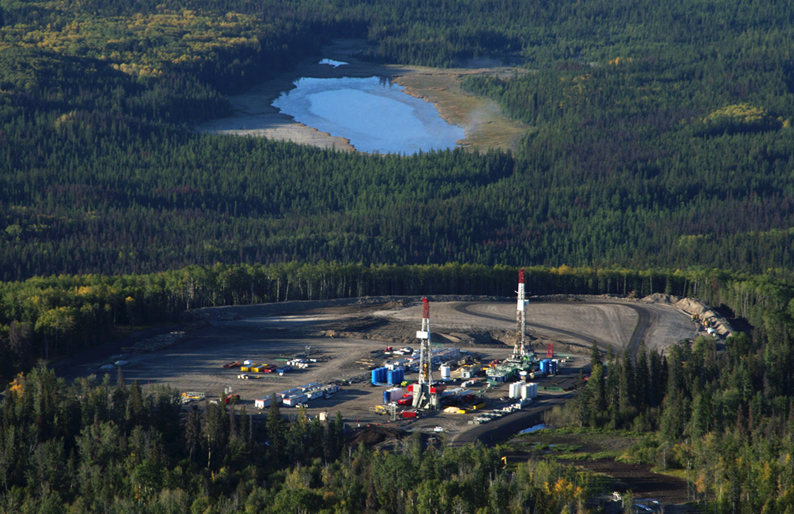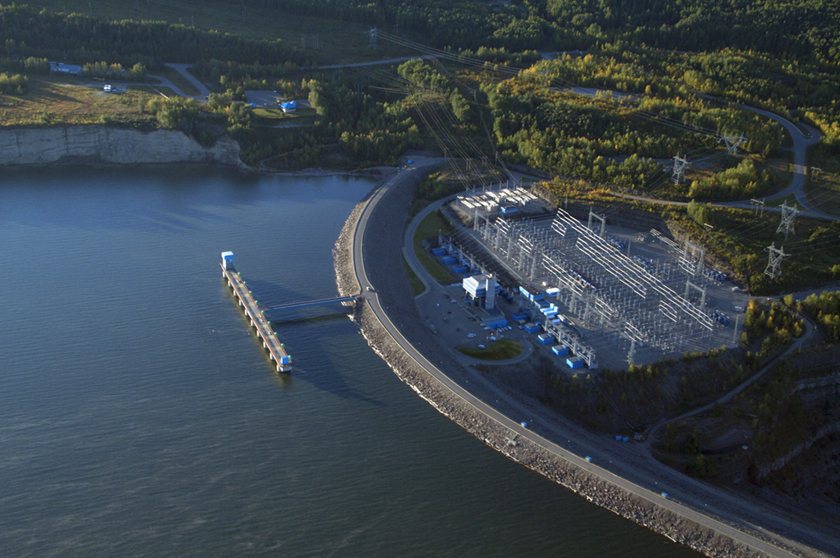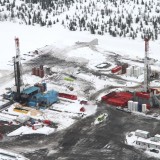From the Kitimat Northern Sentinel – July 22, 2011
by Allan Hewitson
I often think Don Quixote lives on in Canada and the bigger, more prominent and more challenging
the target windmill, the happier he seems to be, either leading or
joining the charge against it.
Now nearing 80, the seemingly tireless crusader I would
identify as closest to a real-life reincarnation of Miguel de
Cervante’s 17th century champion-in-chivalry and heroics is BC’s own
environmental and always-for-honest-government battler, Rafe Mair.
I have followed Rafe Mair’s often-pugnacious escapades
and earnest campaigns for more than 20 years. I still regularly read
his blog, his articles in The Tyee and on the Commonsense Canadian website.
I’ve faced off with him a couple of times in my
previous life and more recently. I must say he is very adept at “knife
to a gun fight” scenarios.
I don’t have his frenetic energy level, despite being a
few years younger. There’s little ambivalence in most people about
Mair. Some love him, some hate him. I suspect he prefers being liked,
but doesn’t much care one way or the other.
The former BC MLA, lawyer, cabinet minister,
broadcaster, radio commentator, writer and avid environmental
windmill-tilter and angry-man has added a whole lot of additional issues
to his list of targets since he first emerged to oppose situations he
did not agree with such as the Kemano Completion Project in BC and the
Meech Lake and Charlottetown constitutional accords nationally.
This week, as I surfed my e-mail, Rafe was again front
and centre, urging his website supporters to be active “as our own
media” in recirculating his thoughts to their own e-mail friends,
because he feels unable to count on the integrity or reliability of BC’s
mainstream media to alert British Columbians to the many indiscretions
of the federal government, the conspiratorial activities of what he
describes freely as “the corrupt B.C. Liberal Government”, or the legion
of doomsday scenarios facing this province, this country and the world
environment at the hands of big corporations..
An avid angler, Mair is still an ardent supporter of
“saving BC rivers”, but for him that challenge has taken on a more
serious and multi-national hue as he scraps with the province and its
support for proponents of dozens of private run-of-the-river
hydro-electric projects which he fears are combining to destroy scores
of vital wild salmon habitats as well as hastening the bankruptcy and
privatization of BC Hydro, forced by government to buy the power
produced by these projects at uneconomically-sustainable prices – and at
times when it is not needed.
Mair fully believes that BC waters are endangered by
dangerous oil and gas pipeline plans, the existing and the future
planned supertanker commercialization of the Douglas Channel, North
Coast, Haida Gwaii, Burrard Inlet, Gulf Islands and other waters.
Countless salmon rivers and creeks could be crossed by
oil and gas pipelines that will (“it’s a matter of time”, he says) leak
and pollute those coastal waters.
It appears that the Auditor-General of B.C. has finally
acknowledged what Rafe et al, have known forever, that BC’s
environmental assessment process is a sham and I have little doubt that
his view is accurate, but equally little confidence in the government’s
ability to adjust legislation to improve assessments.
Many other issues remain of deep concern to Mair,
including multi-national West Coast fish farming practices and related
impacts on wild salmon, gas exploration and fracking of natural gas
deposits in the north-east, items of past injustices and inaction – such
as the murky events leading up to the mysterious sale of BC Rail – wind
power and non-green “green” projects, the continuing HST fiasco where
BC will stand on the Liberals if new premier Christy Clark
waits till May, 2013 before going to the people in a new election,
Enbridge’s Gateway project, existing oil exports from Vancouver and so
on.
His latest blogging effort, attacking corporations
supporting shark fishing for the purpose of de-finning the animals for
popular shark-fin soup, an oriental delicacy, demonstrates Mair shows
absolutely no signs of slowing down or backing off in pursuing his
beliefs: right and good in principle – and supportive of a
highly-energetic friend, Anthony Marr, a UBC-educated wildlife
preservationist.
Not surprising, I guess, because Marr shows on his own
website that there’s a mutual-admiration society between Rafe and
himself when he says, under the heading “Oil Spill a Certainty” by Rafe
Mair, that Rafe is “ THE most environmentally conscious and passionate
broadcaster and public figure in Canada, or the world for that matter,
that I’ve had the pleasure to know…”
Anyway, this all boils down to my personal
acknowledgment that Rafe Mair does hold some special status as a
pre-eminent commentator on matters environmental in British Columbia and
his advancing age certainly seems to be a non-factor in his
productivity.
That being said, he isn’t necessarily always right – or always wrong, for that matter.
But he remains a highly opinionated, persistent, impatient and powerful fighter for issues he opposes.
In this particular shark-fin instance and in many of
his other fights, I support his points of view, but not in everything.
Taking on the Asian world for sharks is a big step…
Read original article


 The story clearly shows Minister Coleman, responding in the Legislature this past June to a question from Independent MLA Bob Simpson – who, along with fellow Independent MLA Vicki Huntington, has worked hard to put fracking under the microscope in Victoria – regarding the then-proposed water pipeline by fracking giant Talisman Energy and Canbriam Energy into the Williston Reservoir.
The story clearly shows Minister Coleman, responding in the Legislature this past June to a question from Independent MLA Bob Simpson – who, along with fellow Independent MLA Vicki Huntington, has worked hard to put fracking under the microscope in Victoria – regarding the then-proposed water pipeline by fracking giant Talisman Energy and Canbriam Energy into the Williston Reservoir. By the time I was up in the Peace Valley in early October, the construction was already well underway, proceeding at a furious pace. I counted 3 different coupling machines at work, fusing together 50-60 foot lengths of black polyethylene pipe, approximately 10-12 inches in width – for two side-by-side pipelines.
By the time I was up in the Peace Valley in early October, the construction was already well underway, proceeding at a furious pace. I counted 3 different coupling machines at work, fusing together 50-60 foot lengths of black polyethylene pipe, approximately 10-12 inches in width – for two side-by-side pipelines. British Columbians are being told by Coleman and his government that we need to flood yet another section of the Peace River Valley for Site C Dam; and yet all of the power from that dam is destined not for BC households and small businesses, but to power the fracking industry and up to six new mines in the region (BC’s electrical demands are on a steep decline, to the point we’re currently abundantly self-sufficient in electricity).
British Columbians are being told by Coleman and his government that we need to flood yet another section of the Peace River Valley for Site C Dam; and yet all of the power from that dam is destined not for BC households and small businesses, but to power the fracking industry and up to six new mines in the region (BC’s electrical demands are on a steep decline, to the point we’re currently abundantly self-sufficient in electricity). 

